Dive into the Power & Passion of ‘Tenor Madness
In the vast panorama of jazz, Sonny Rollins’ “Tenor…
“Adam’s Apple,” a gem in the jazz discography, is an album that captivates, enthralls, and challenges in equal measure. Wayne Shorter, the architect of this masterpiece, exhibits his skills as a consummate saxophonist and an innovative composer. The album, filled with a variety of tracks, from blues-infused melodies to vibrant sambas, unravels a rich tapestry of rhythmic exploration and harmonic sophistication.

The recording sessions took place in February 1966 at the iconic Rudy Van Gelder’s studio. The album was released under the prestigious Blue Note label, well known for nurturing remarkable talents in the jazz world. These sessions, characterized by a potent blend of creativity and camaraderie, produced an album that would leave a lasting mark in the annals of jazz.
Wayne Shorter, a force to be reckoned with in the jazz scene, was at the height of his creative prowess during the recording of “Adam’s Apple”. An influential member of the Miles Davis Quintet, Shorter had been composing and playing with the group since 1964. His innovative compositional style, combined with his compelling saxophone work, makes him a key figure in modern jazz.
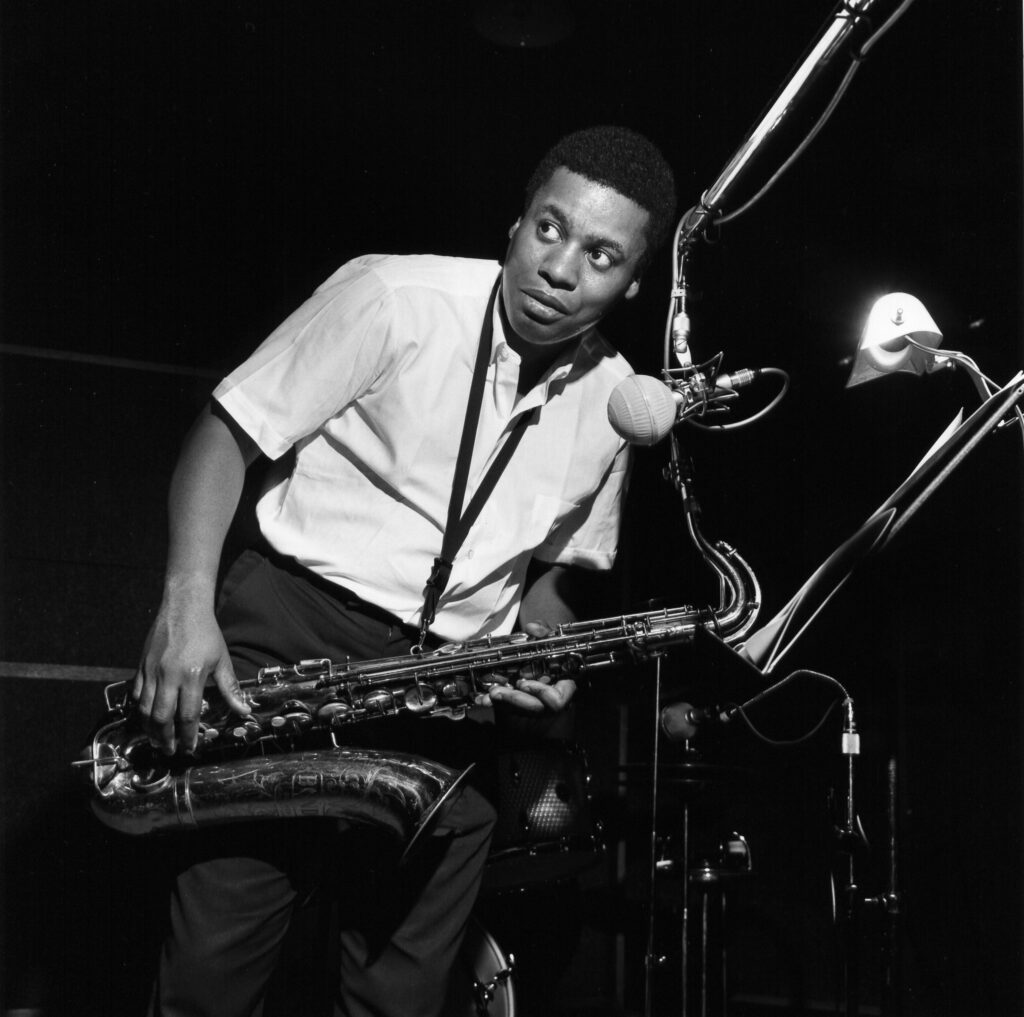
Herbie Hancock, another veteran from the Miles Davis Quintet, graces this album with his tasteful and imaginative piano work. Prior to “Adam’s Apple,” Hancock had already garnered acclaim for his work on seminal albums like “Maiden Voyage”. His collaboration with Shorter on this album extends his streak of brilliance, adding another noteworthy chapter to his illustrious career.
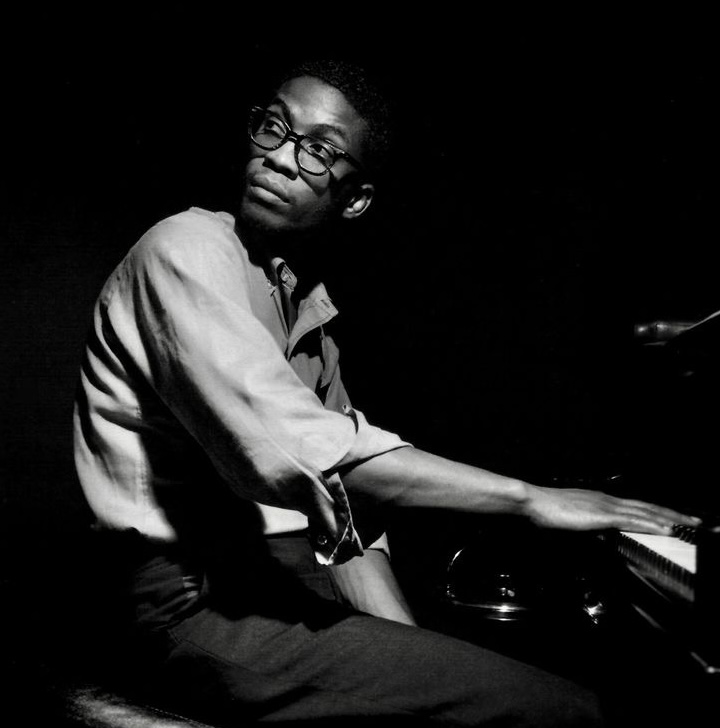
Reggie Workman, a consummate bassist, provides a solid backbone to this album. His performance on “Adam’s Apple” complements the other players, creating a rhythmic foundation that allows the melodies to soar. Workman’s prior engagements with notable acts like the John Coltrane Quartet had finely honed his skills, making him an integral part of this recording.
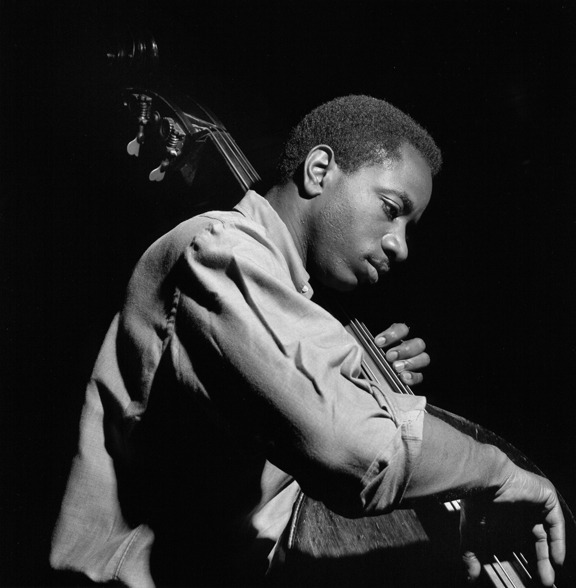
On drums, we find Joe Chambers, an artist who had played with numerous new jazz groups before joining Shorter for this recording. His work on “Adam’s Apple” is filled with warmth and imagination, providing rhythmic accents and textures that enhance the overall sound of the album.
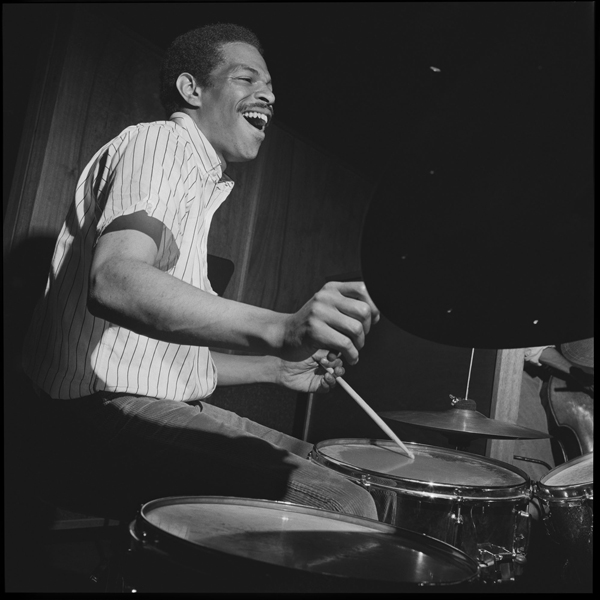
“Adam’s Apple,” the title track, opens the album with a fanfare. Shorter’s saxophone soars, setting the stage for the rest of the album. His unique performance style, combined with Hancock’s tasteful piano comping, provides a compelling start to the album.
“502 Blues,” a track not penned by Shorter, stands out as a delicate exploration of modern urban blues. Shorter’s saxophone lines are framed by a nearly suspended rhythmic pulse, creating a captivating musical landscape. Hancock’s touch and Chambers’ sensitive accompaniment further enhance this track, painting a vivid sonic picture.
“El Gaucho,” a personal favorite, infuses the album with the vibrant rhythms of bossa nova. The unexpected chord changes and wide-open-spaces melody showcase Shorter’s fascination with Brazilian sounds. This track stands as an exemplar of Shorter’s innovative approach to composition and arrangement.
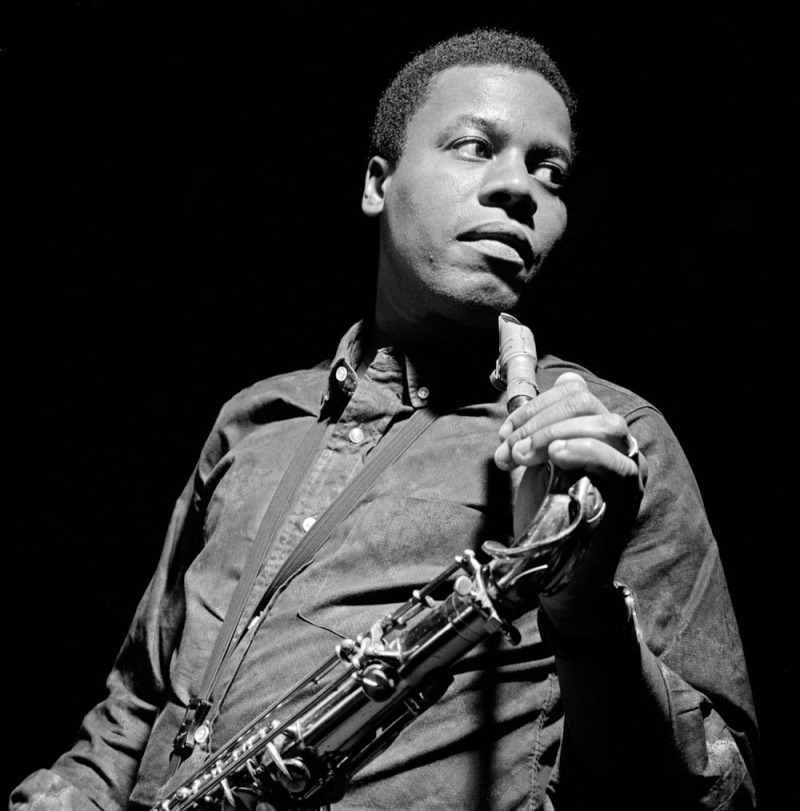
“Footprints,” a 6/8 minor blues tune, explores dark, walking rhythms with unique chord alterations. The cross-rhythms in Hancock’s solo and Workman’s well-articulated bass lines contribute to making this track a standout piece in the album.
The album’s musical style is a rich blend of traditional jazz, blues, and bossa nova elements. The recurring themes of exploration and innovation are evident throughout the album, as each track offers a unique perspective and sound. It’s a testament to Shorter’s knack for weaving together different musical styles and motifs.
Upon its release, “Adam’s Apple” did not receive the immediate acclaim one might expect, considering the innovative approach it took. The album was initially overshadowed by Shorter’s more radical works, like “The All-Seeing Eye.” However, the brilliance of “Adam’s Apple” wasn’t lost on true jazz connoisseurs. They recognized the album’s subtle genius, its distinctive style, and how it showcased Shorter’s versatility.
Today, the significance of “Adam’s Apple” is widely accepted. Critics and jazz lovers alike praise it for its intricate compositions, memorable solos, and overall coherence. It’s a testament to Shorter’s expansive musical vision and to the skillful execution of his talented quartet. The album has gained momentum over time, and today, it’s considered a cornerstone of Shorter’s discography.
One of the key reasons for its continued significance lies in its timeless appeal. “Adam’s Apple” isn’t just an album; it’s a journey through different emotional landscapes, underpinned by top-notch musicianship. Whether it’s the bluesy touch of “502 Blues,” the vibrant pulse of “El Gaucho,” or the introspective beauty of “Teru,” each track has something unique to offer. This makes the album a compelling listen, even decades after its release.
In conclusion, “Adam’s Apple” represents a high point in Wayne Shorter’s career. It captures a moment in time when four extraordinary musicians came together to create something truly special. Even though it might not have been as radical as some of Shorter’s other works, it stands as a testament to his versatility and artistic vision. Whether you’re a seasoned jazz aficionado or a novice listener, “Adam’s Apple” is an album that continues to captivate, offering new insights with every listen. So, sit back, press play, and let the sublime sounds of “Adam’s Apple” wash over you.